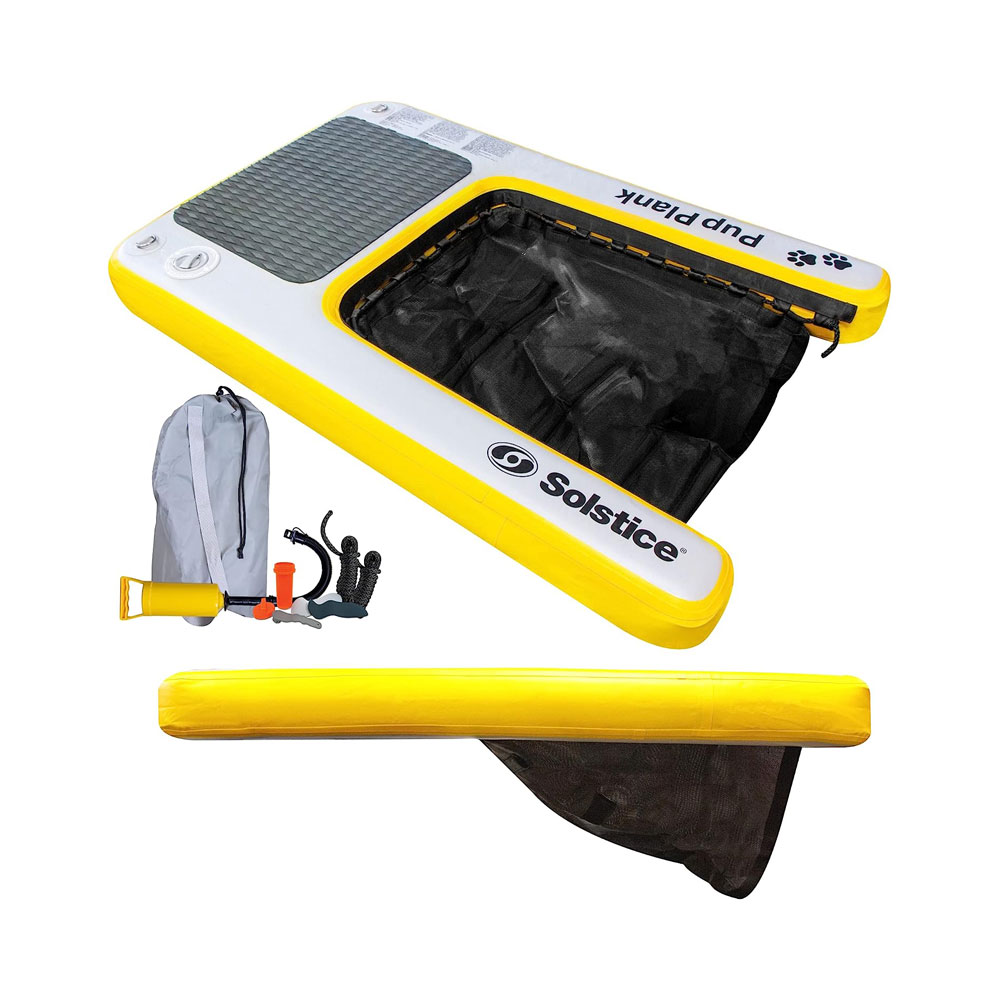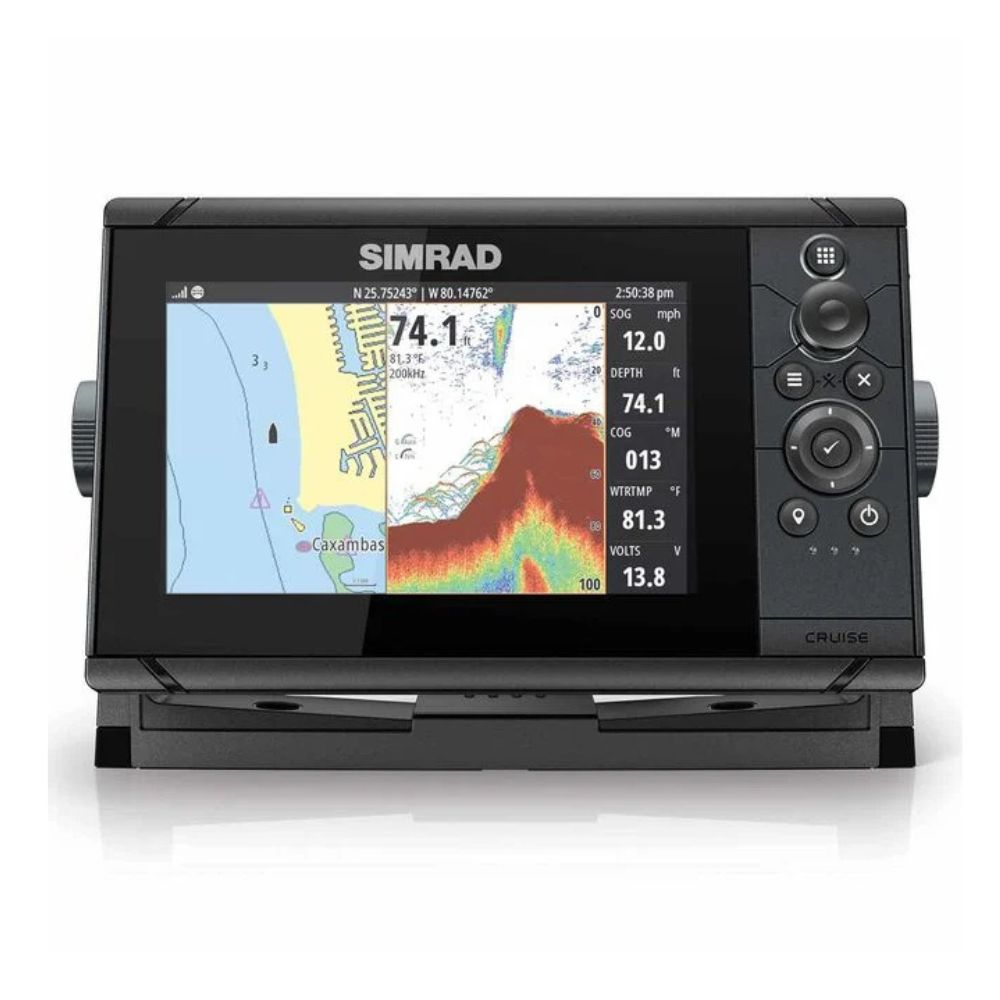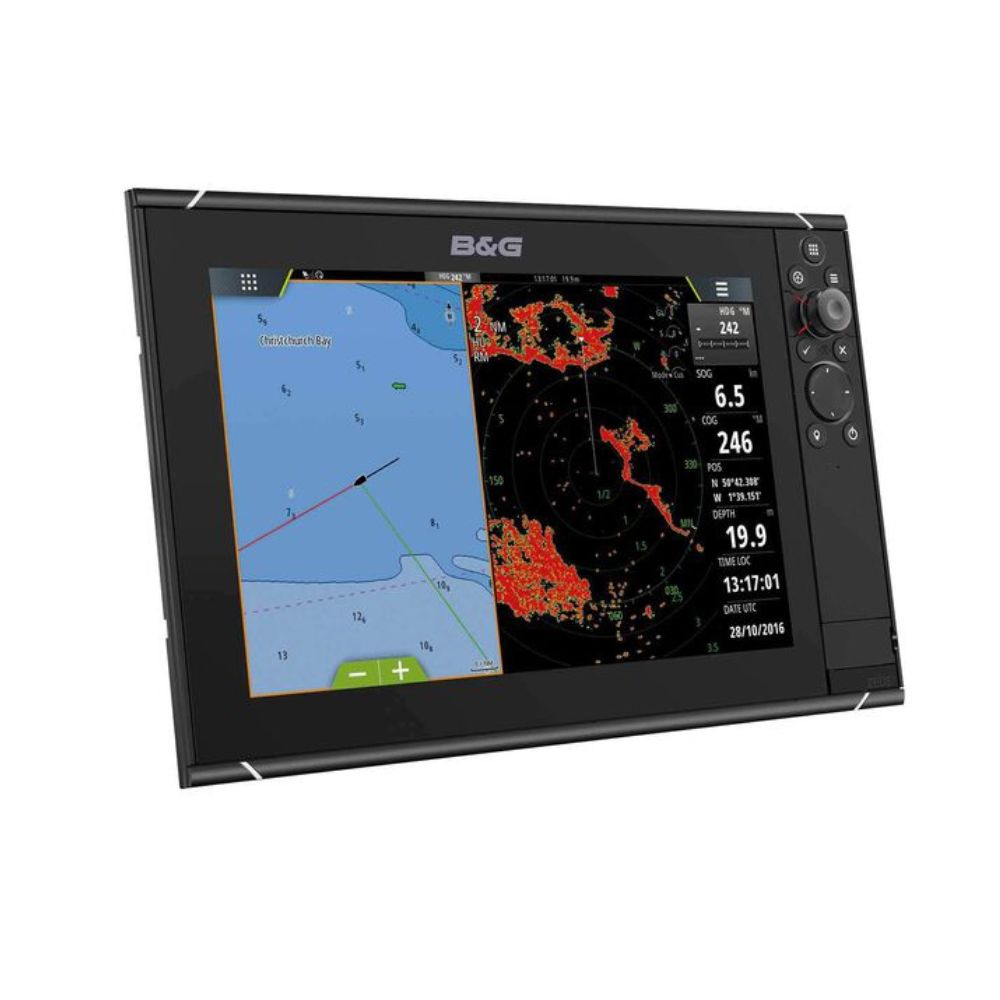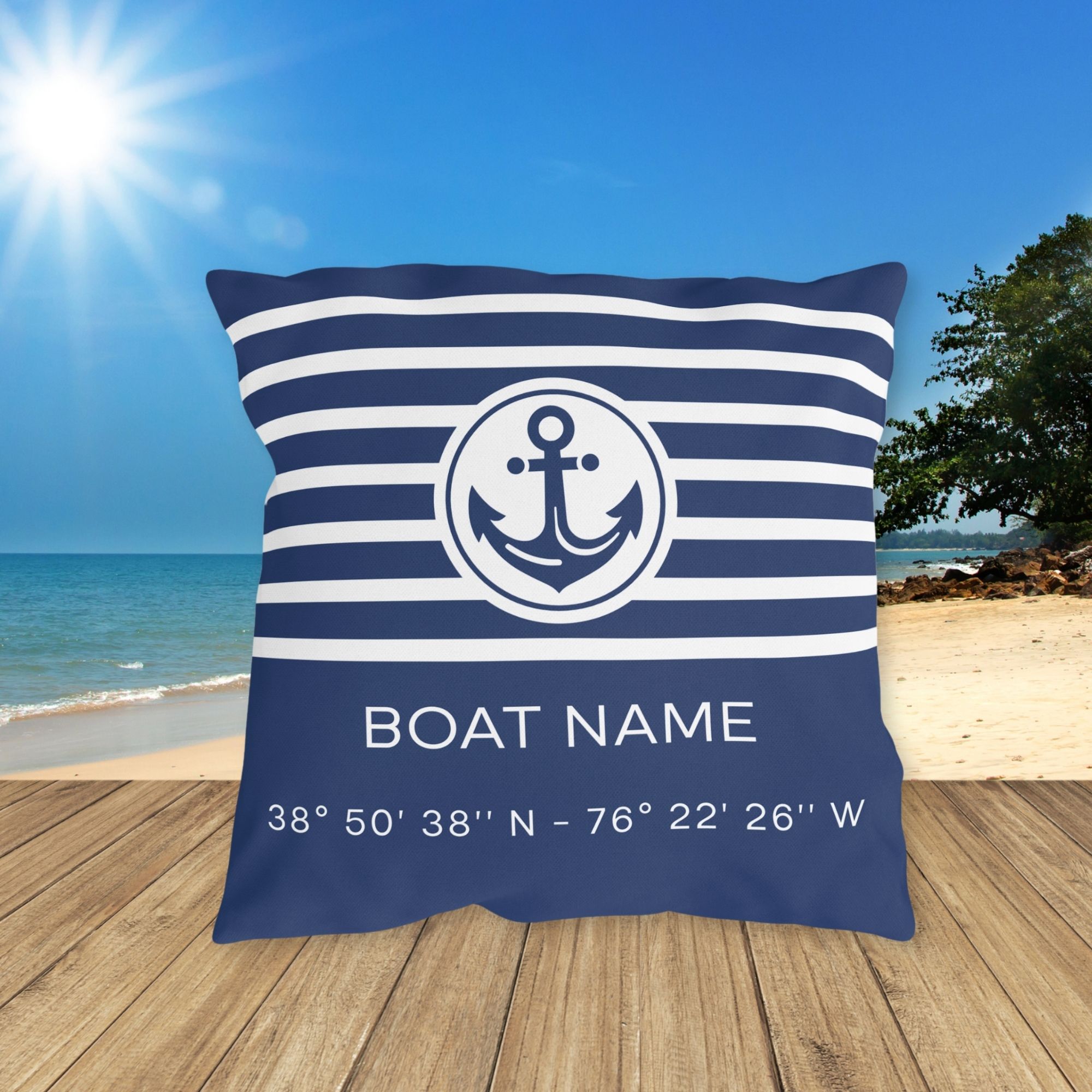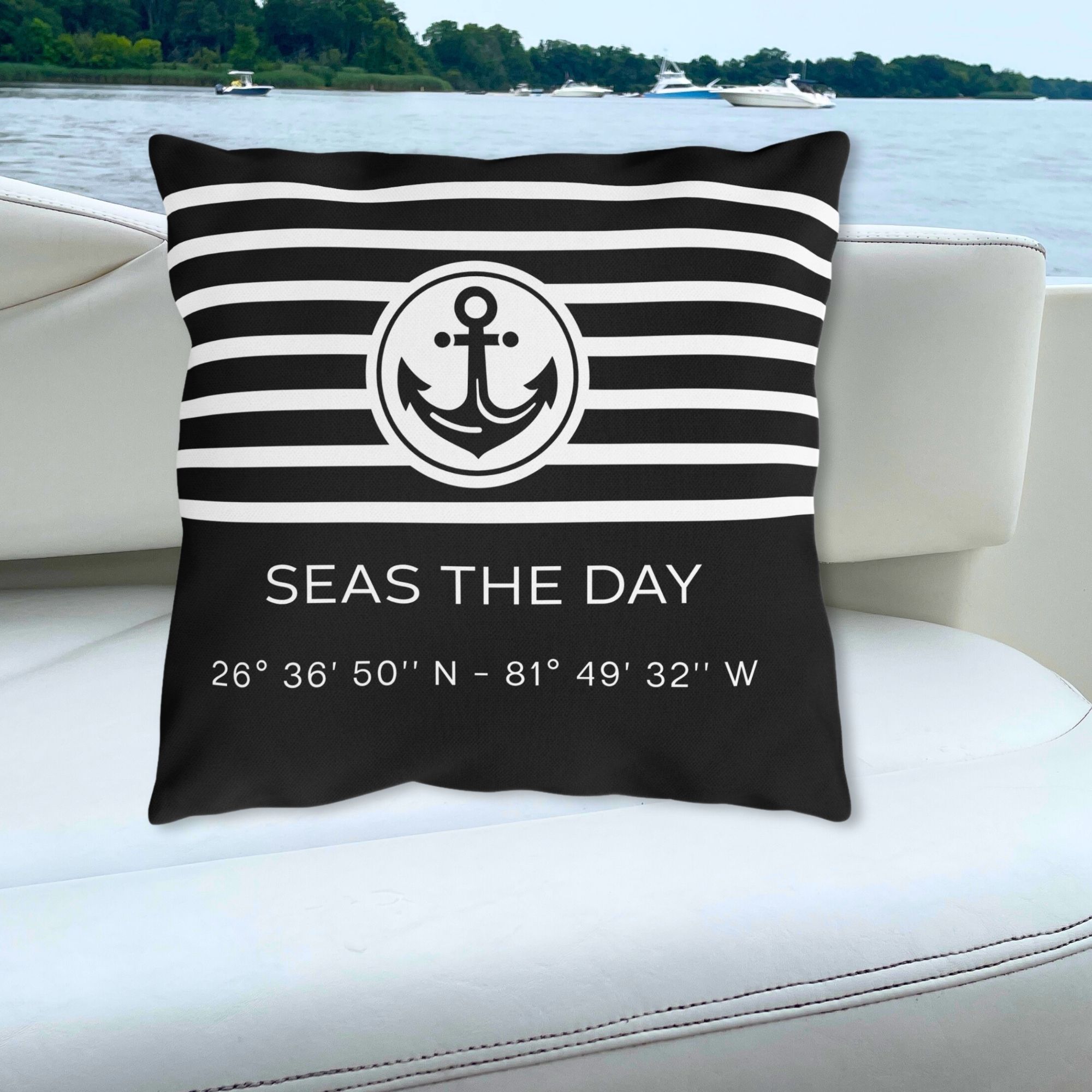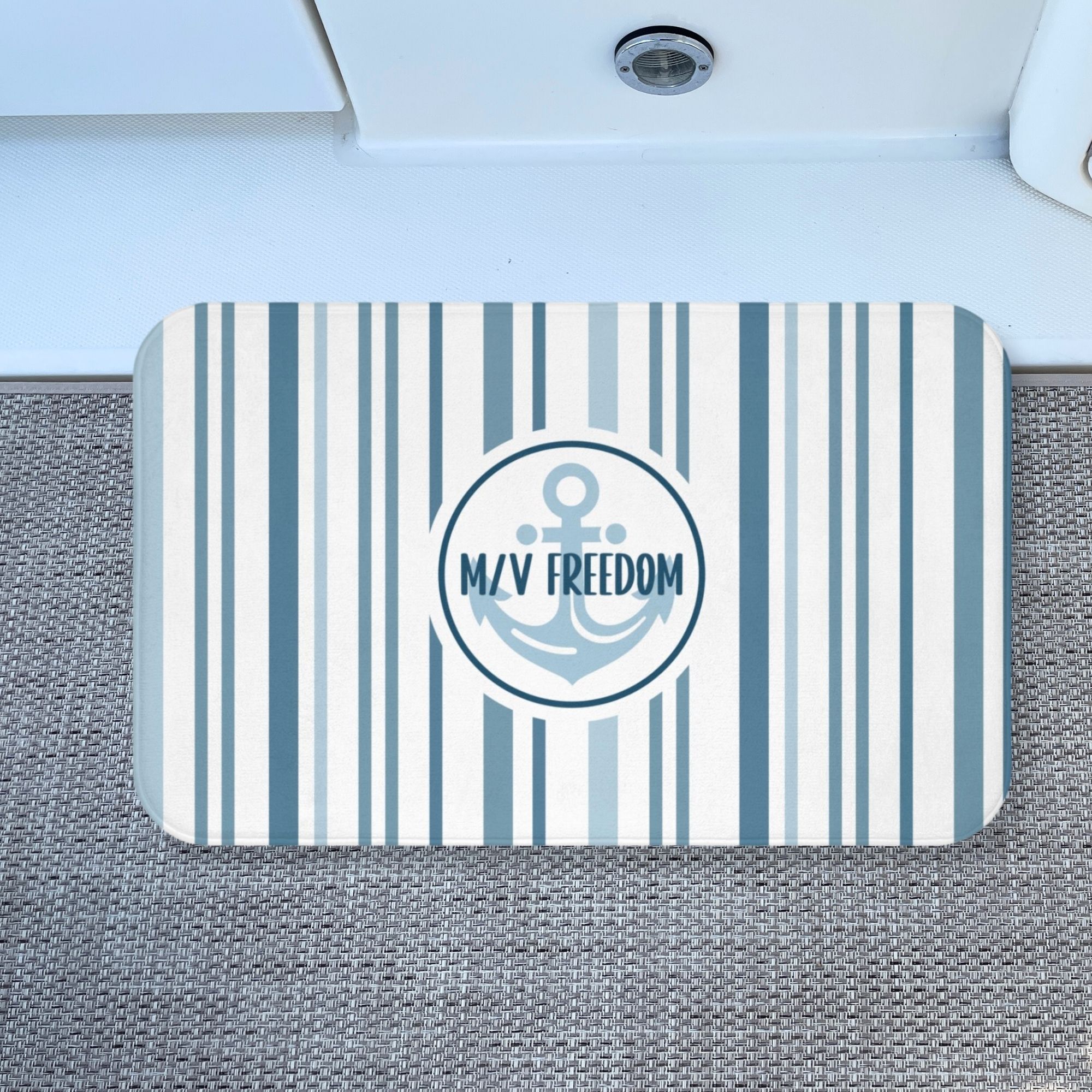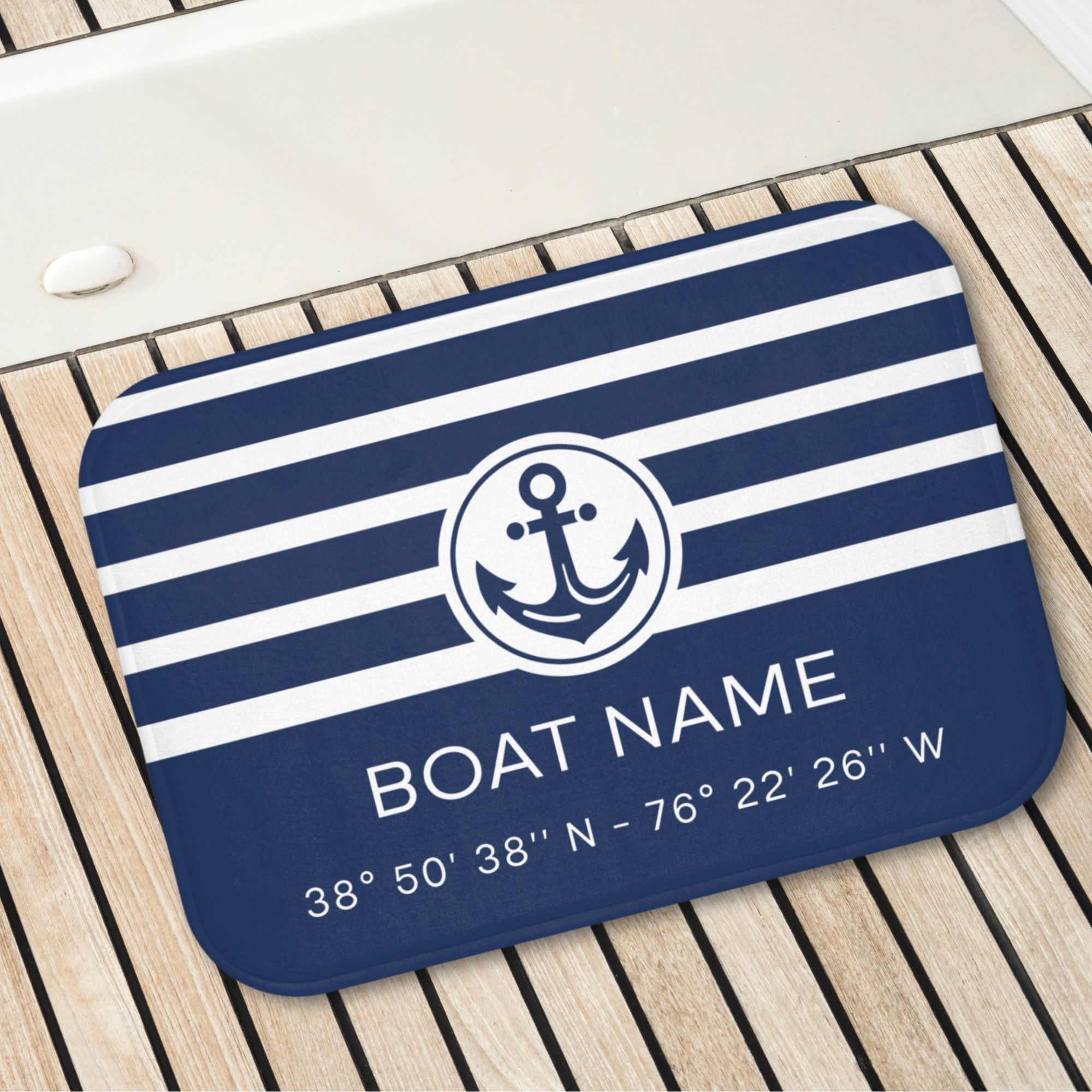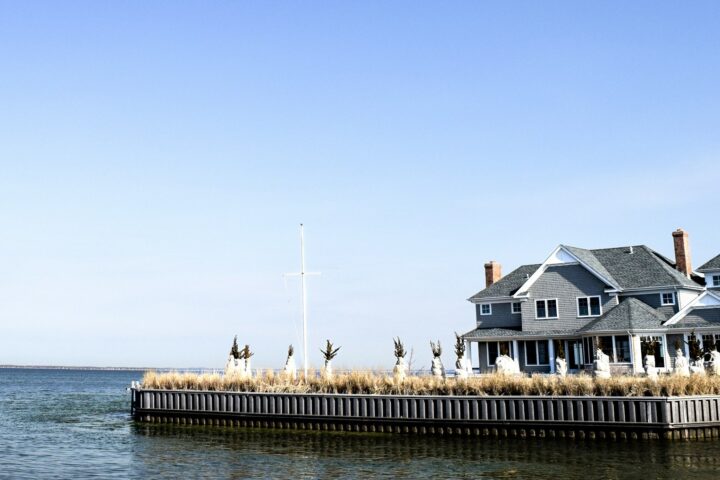
Looking to strike gold or at least give it a try? Here’s what it takes to actually build a gold dredge for prospecting
You’ve seen every episode of Bering Sea Gold and Gold Rush and you want to give it a try yourself. Prospecting for gold on a professional level is a lot easier said than done, especially when you don’t have a television show backing you up. The best advice anyone can give you about prospecting for gold is to not do it but once you start, you catch the bug that’ll send you deeper into the world of prospecting.
If you’ve caught that bug, then there’s no stopping you now. It’s time to take that pan and sifter you have and upgrade to a full-blown gold dredge. Here’s how to build one.
The frame
The frame of your dredge should be strong enough to hold the mechanical components of your dredge and sift through large amounts of sediment. Since you’re on the water, you’ll want good quality material that can stand up against the amount of abuse you’re about to put it through as well. Typically, you will want to use galvanized tubular steel to build a rectangular frame with triangular crossbeams for support.
The sluice box
The sluice box is the main attraction at your Cirque du Dredge and it will take some soldering experience to get it right. You will need to solder corrugated aluminum strips in the shape of a ladder with about a three-foot width. You might want to add additional aluminum sheets to build a method of pouring water on the sluice as well.
The mechanics
What powers the dredge is another key aspect. Typically, you’re going to want to install industrial-grade components but seeing as how that can get expensive (the global market for industrial clutches and brakes is expected to reach $1.7 billion in the next decade), you can simply use a motor from a lawnmower. You will need to connect the motor to a water pump and place these on a piece of plywood that you will then attach to the frame.
You will then need to install intake pipes and hoses to your pump and your sluice. Be sure to choose a pipe diameter that can handle the intake of sediment you expect.
The buoyancy
Lastly, you want to make sure your makeshift dredge actually floats. You can do this by adding rubber inner tubes to the base of the dredge. Simply attach these tubes securely to the base edges of the frame and you should have enough support for your dredge to float.
Building a dredge isn’t an easy task and is one that will take time and money. There are many online forums that can assist you along the way but nothing is more helpful than someone who has done it before. Consider asking some local prospectors for their input.
Trending Now: Must-Have Boat Gear for Your Boat Life
Trending Now: Custom Boat Decor
-
Boat Pillow with Boat Name & LAT LONG Coordinates
Quick ViewBuy on Etsy -
Boat Pillow with Boat Name & LAT LONG Coordinates- Black
Quick ViewBuy on Etsy -
Coastal Blue Stripes Bathmat with Anchor & Boat Name
Quick ViewBuy on Etsy -
Custom Boat Mat with Boat Name & LAT LONG Coordinates
Quick ViewBuy on Etsy
Disclosure: This site may contain links affiliated with companies where we receive compensation. Also, as an Amazon Associate we may earn from qualifying purchases we refer but it does not impact the price you pay. Full disclosure policy.

